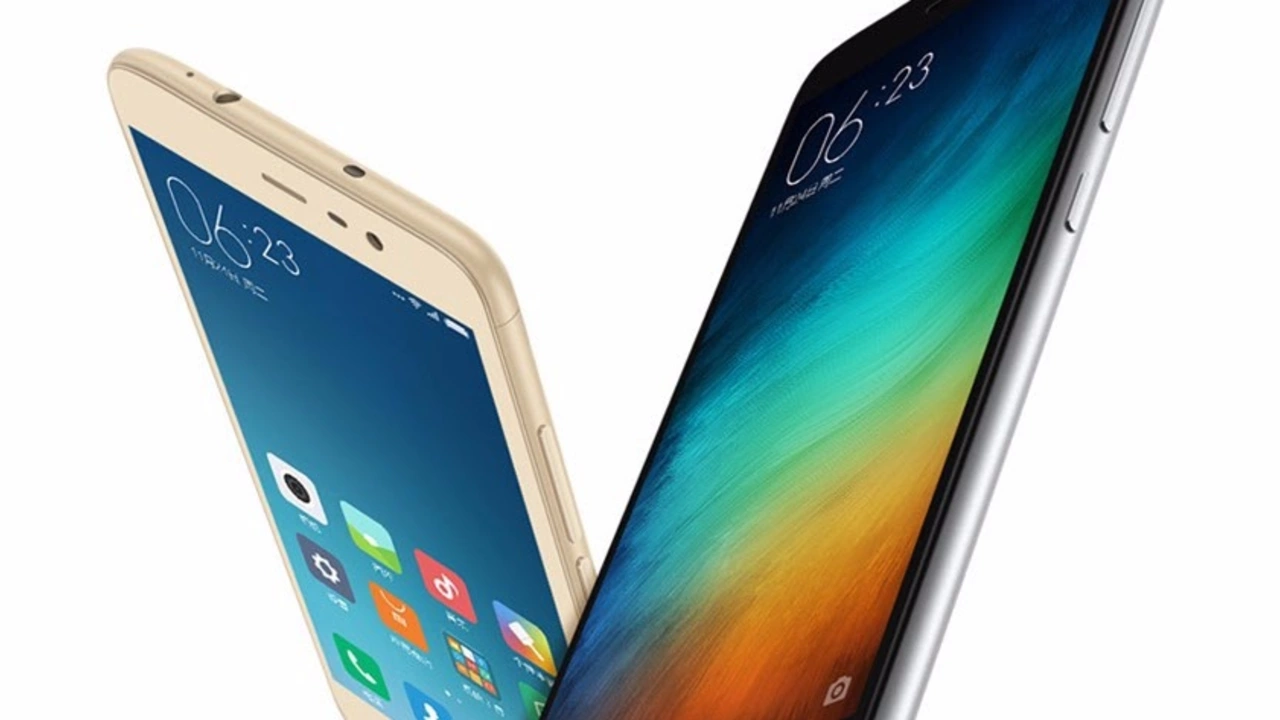Everything You Need to Know About the Xiaomi Redmi Note 3
If you’re hunting for a phone that gives you decent performance without breaking the bank, the Redmi Note 3 often pops up in the conversation. It launched a few years back, but many still wonder if it can hold its own against newer budget models. Let’s break down the hardware, software experience, camera results and overall value so you can decide if it’s the right fit for you.
Key Specs at a Glance
The Redmi Note 3 packs a Snapdragon 650 processor, 2 GB or 3 GB of RAM (depending on the variant), and a 16 GB or 32 GB internal storage option. A 5.5‑inch IPS LCD screen with a 1080p resolution gives you sharp visuals for videos and games. Battery life is one of its strong suits – a 4050 mAh cell easily lasts a full day of heavy use. On the camera side, you get a 13 MP rear sensor with phase‑detect autofocus and a 5 MP front shooter for selfies.
All these components sit behind a sleek aluminum frame that feels premium for the price range. The phone runs MIUI on top of Android 5.1 Lollipop, though many users upgrade to newer Android versions through custom ROMs.
Performance in Daily Use
For everyday tasks like browsing, social media, and streaming, the Snapdragon 650 handles everything smoothly. Apps open quickly, multitasking feels fluid, and you won’t notice lag unless you push the phone with heavy 3D games. Even budget‑friendly titles run at respectable frame rates, thanks to the decent GPU built into the chipset.
One thing to keep in mind is storage. The base 16 GB model can fill up fast if you download lots of apps or media. Using a microSD card (up to 128 GB) solves this problem and is a cheap way to expand space.
Camera Quality – Real‑World Results
The 13 MP rear camera shoots sharp photos in good lighting, capturing decent detail and colour. Low‑light performance is average – you’ll get noticeable noise, but the built‑in HDR helps a bit. Autofocus is quick, which is handy for snap‑and‑go moments. The 5 MP front camera is fine for video calls and casual selfies, though it won’t compete with newer high‑resolution front shooters.
Is It Worth Buying in 2025?
Price is the deciding factor. On the second‑hand market, you can find a well‑kept Redmi Note 3 for under ₹5,000, making it an attractive option for students or anyone needing a backup device. However, if you want official software updates and a longer support window, newer budget phones from Xiaomi’s Redmi series or competitors like Realme and Motorola might give you better value.
In short, the Redmi Note 3 still delivers a solid display, reliable performance, and a battery that outlasts many newer rivals. If you can snag it at a low price and don’t need the latest camera tech, it remains a practical choice.
So, before you decide, compare the price you’ll pay against the features you actually need. The Redmi Note 3 might just be the budget-friendly smartphone that checks all the boxes without emptying your wallet.

Does Xiaomi Redmi Note 3 work in the USA?
Well, folks, brace yourselves for a rollercoaster of tech talk! Our star today is the Xiaomi Redmi Note 3. Now, I know what you're thinking - "Will this bad boy work in the USA?" Good news my friends, the answer is a resounding yes! But hold on to your hats, because the catch is - it only works with certain carriers, like AT&T and T-Mobile. So, if you're with Verizon or Sprint, it might be time to rethink your life decisions, or just your carrier choice!
read more